The split between Eastern Orthodox and Catholic churches has shaped Christianity for almost a thousand years. Ever since the Great Schism of 1054, these two branches have carved out separate traditions, theologies, and leadership.
But there’s this fascinating middle ground—churches that honor Orthodox traditions yet stay in communion with Rome.
I stumbled across this unique space during my pilgrimage to Eastern Europe last year. These Eastern Catholic or “uniate” churches keep Orthodox liturgies, allow married priests, and hold onto a distinct spirituality, all while recognizing papal authority. When I walked into a Ukrainian Greek Catholic church, the iconostasis and Byzantine chants instantly reminded me of Moscow or Athens.
These communities aren’t just relics of history—they’re living testimonies to Christianity’s wild diversity. If you’re searching for spiritual experiences, you’ll find a rare chance here to see ancient traditions adapt without losing their heart. The incense, the thousand-year-old rituals—these spaces welcome pilgrims from both traditions, letting them pray side by side and, just for a moment, forget the theological walls that usually separate them.
A Sacred Crossroads: The Church Bridging East and West
Right at the crossroads of faith traditions, this remarkable church stands as a living bridge between Eastern and Western Christianity. Here, the old division of the Great Schism softens in the glow of shared worship.
Origins and Historical Significance
This sacred place rose after the East-West Schism of 1054, when the Catholic and Eastern Orthodox churches split for good. On my visit, I learned that the founders meant for the church to be a spot for reconciliation, a place where Christians from both sides could pray together despite their differences.
You can see the Byzantine Empire‘s influence everywhere—in the architecture, in the liturgy. Walking inside, I felt like I’d stepped into a living, breathing history lesson on Christianity’s complicated journey.
What truly sets this church apart? It managed to keep elements from both traditions, even during times when East and West barely spoke. Pilgrims have come here for centuries, hoping it might hint at a future where Christianity reunites.
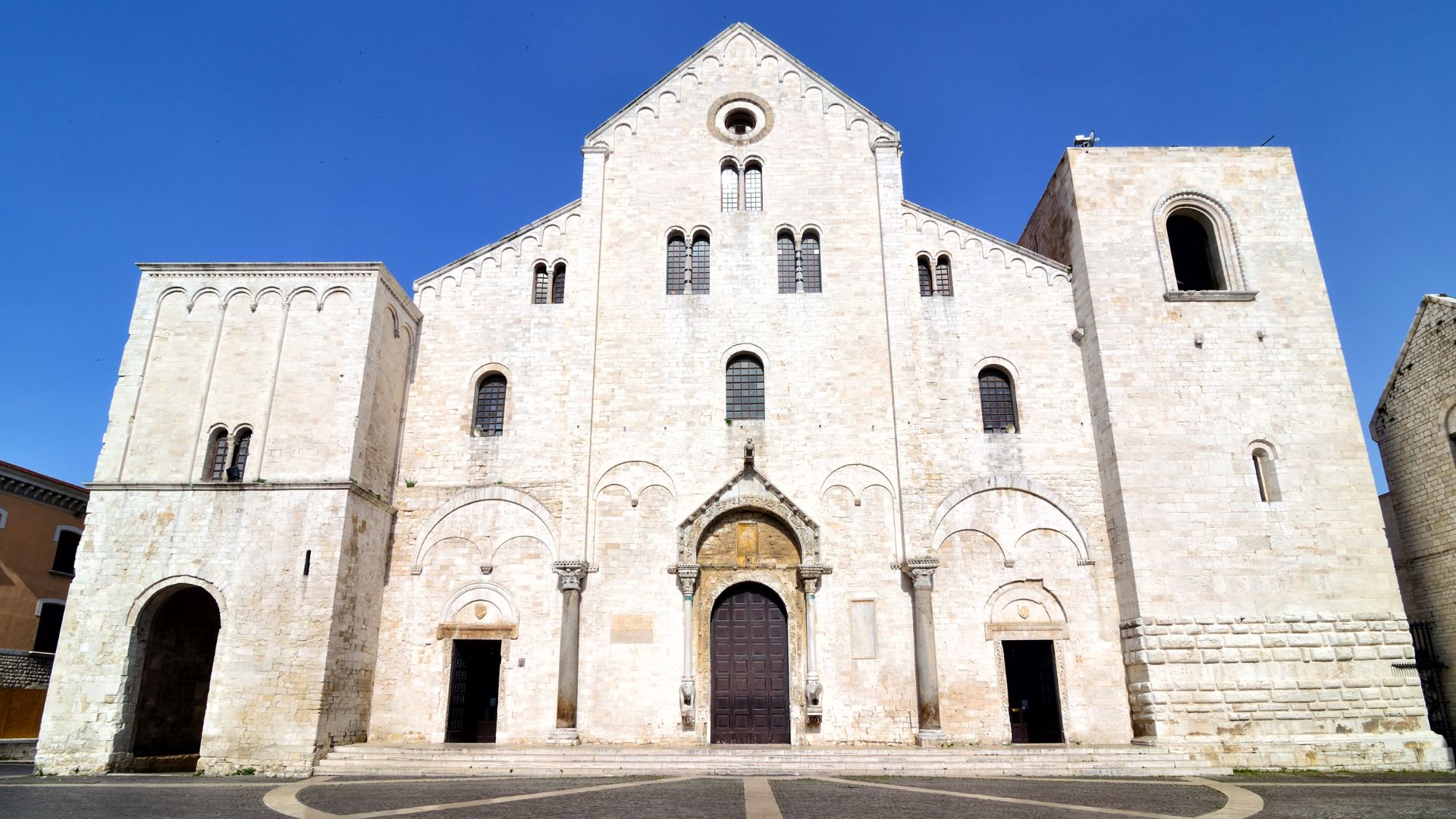
Location and Architectural Features
You’ll find the church right in Jerusalem, a city sacred to so many. Its spot between mostly Orthodox and Catholic neighborhoods caught my attention—it sits between the two, making its mission obvious.
The architecture blends East and West in a way that feels natural. The big central dome screams Orthodox, but the side chapels echo Catholic styles. Inside, golden mosaics of saints beloved by both traditions stretch across the walls.
There are two altars—one for Catholic Mass, one for Orthodox Divine Liturgy. I loved the iconostasis, a screen of icons that opens or closes depending on which tradition is celebrating.
Sunlight pours through cleverly placed windows, making the place feel mystical and yet strangely welcoming.
The Church’s Role in Jerusalem
These days, the church draws pilgrims from all over, each hoping to understand Christianity’s many faces. I saw Orthodox and Catholic Christians praying together, which, honestly, felt powerful.
Priests from both traditions serve here, working together. On big feast days, they hold joint services that attract locals and travelers alike.
The church also runs programs to teach about Christianity’s history in Jerusalem. I joined one and walked away with a deeper respect for how Eastern Christians have clung to their faith through tough times.
It’s more than just a church—it’s a hub for dialogue between Christian communities. Just being here reminds you that what unites East and West is, at the end of the day, stronger than what divides them.
Traditions and Worship: Living the Spiritual Heritage
Eastern and Western Christian worship, with all their differences, tell a story of centuries of devotion and spiritual searching. Both share the basics, but each brings its flavor.
Orthodox and Catholic Liturgical Practices
The first time I saw the Divine Liturgy in an Orthodox church, I was floored by the sensory overload. Incense hung thick in the air, and priests in elaborate vestments moved through the space. Orthodox worship happens behind an iconostasis—a wall of icons that splits the sanctuary from the nave.
Catholic liturgy feels more direct to me. There’s less distance between the clergy and the congregation. Both traditions focus on scripture and the eucharist, but Orthodox services tend to last longer and come with more ceremony.
Orthodox Christians show their faith through “theology in color”—iconography. These icons aren’t just pretty pictures; they’re windows to heaven. Catholics have their statues and paintings, but Orthodox icons have strict rules for style and meaning.
Music stands out, too. Orthodox churches go a cappella—no instruments, just voices weaving together. Catholic worship often brings in organs and other instruments.

Sacraments and Eucharistic Communion
Both traditions celebrate seven sacraments, though Orthodox folks usually call them “mysteries.” The Eucharist sits at the heart of worship for both, though their theology isn’t the same.
During Orthodox liturgy, I noticed the focus on the epiklesis—the prayer calling the Holy Spirit to transform the bread and wine. Catholics highlight the priest’s words of institution. Both believe Christ is present, but they explain it in their ways.
Confession looks different, too. Orthodox confession often happens out in the open, while Catholics step into private booths. I found Orthodox penance leans more toward healing than punishment.
Baptism, chrismation (confirmation), marriage, holy orders, and anointing of the sick round out the sacraments for both. Orthodox usually give communion to infants, while Catholics wait until kids are old enough to understand.
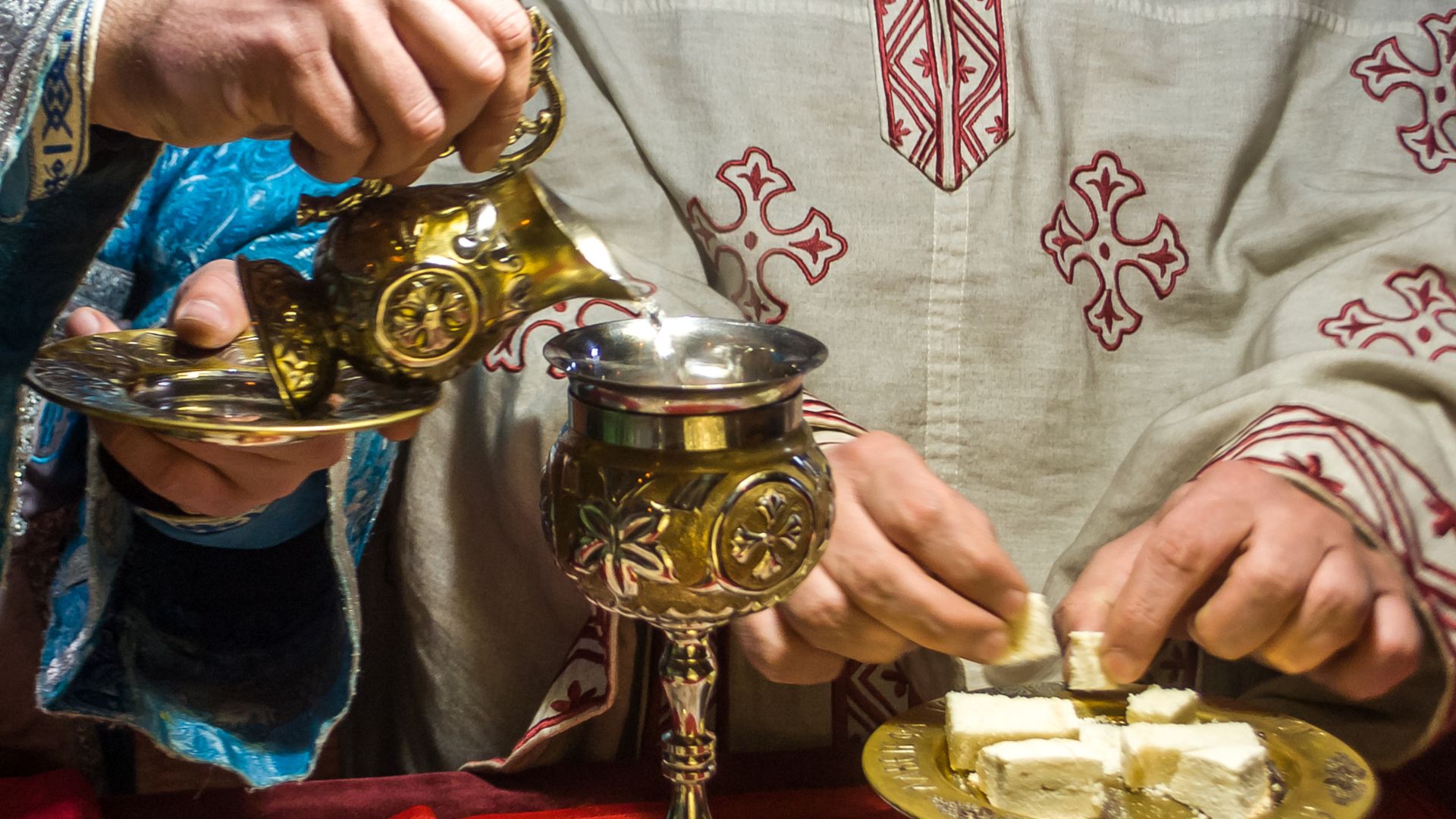
Monasticism and Pilgrimage
Visiting Mount Athos in Greece, I saw Orthodox monasticism up close. Monks there follow ancient prayer routines, keeping alive traditions from the desert fathers. Their lives center on the Jesus Prayer—”Lord Jesus Christ, Son of God, have mercy on me, a sinner.”
Catholic monasticism, which I saw at several Benedictine abbeys, seems to balance work and community service with prayer. Both traditions value silence, simplicity, and spiritual mentorship.
Pilgrimage links both worlds. I’ve walked the same paths as centuries of believers—from Rome’s old churches to Constantinople’s Hagia Sophia. These sacred journeys bring renewal and a sense of connection to saints honored in both East and West.
Holy relics, miraculous icons, and sacred sites pull in pilgrims from both sides, creating moments where old divisions fade away in shared awe.
A Meeting Place for Pilgrims: Shared Experiences and Encounters
Where East meets West, sacred spaces become places for real connection. These shared holy sites turn into venues for mutual understanding, joint prayer, and charity that bridges divides.
Pilgrimage Stories and Testimonies
In Jerusalem’s Church of the Holy Sepulchre, I saw something I’ll never forget. Orthodox and Catholic pilgrims stood together, their differences melting away as they stood near Christ’s tomb. An elderly Greek woman told me how she’d become friends with a Catholic family from Spain during their three-day stay.
“We don’t speak the same language, but we pray to the same God,” she said, her eyes glistening.
I’ve heard dozens of stories like that. A Russian Orthodox pilgrim told me his views on Catholics changed after sharing a meal with some Polish visitors in Bethlehem. These personal moments do more for unity than any official dialogue, if you ask me.
Pilgrimage creates what some theologians call a “dialogue of charity“—where love and respect just flow between people from different backgrounds.
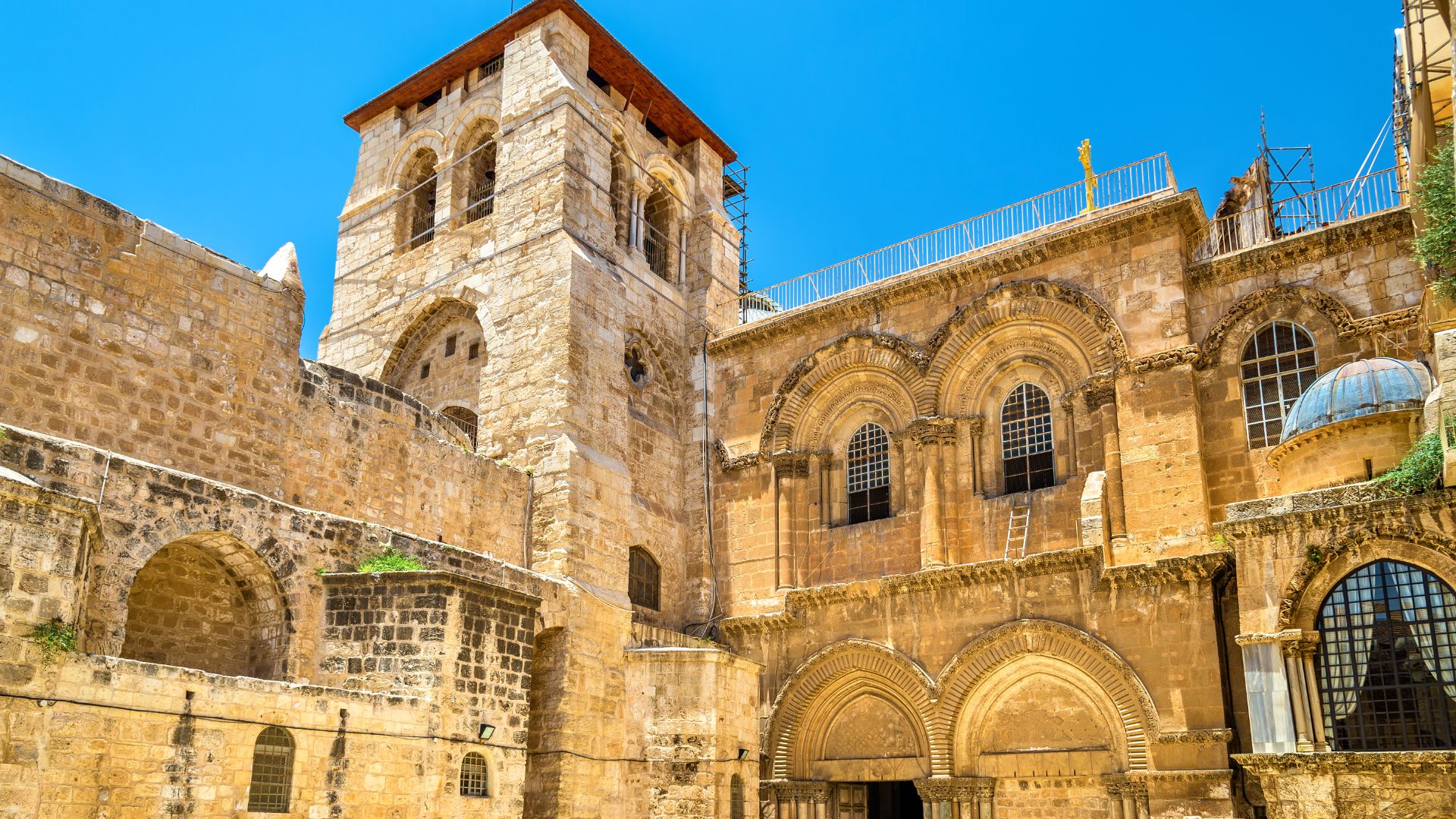
Ecumenical Prayer and Dialogue
I’ve joined several ecumenical prayer services where East and West come together. In Romania, I found Orthodox and Catholic believers gathering every month for shared vespers, taking turns in each other’s churches.
These prayers spark honest conversations. After one service, I chatted with Father Dimitri, an Orthodox priest who said, “prayer together softens our hearts toward one another.”
Grassroots encounters like these often grow into formal dialogue. The historic 1964 meeting between Pope Paul VI and Patriarch Athenagoras kicked off a new era. Nowadays, pilgrimage sites host academic conferences, clergy swaps, and lay discussion circles.
Sometimes, small prayer groups just pop up among pilgrims, and those connections travel home with them.
Hospitality and Charity Across Denominations
I’ve been genuinely touched by the charity between Orthodox and Catholic communities. In Syria, I visited a relief center run by both churches, serving refugees no matter their faith.
Orthodox monasteries often open their doors wide to Catholic pilgrims. At Mount Athos, even with all its rules, Catholic visitors get a warm welcome and respectful conversations with the monks.
These acts of charity go both ways. When a Catholic church in Greece hit financial trouble, Orthodox neighbors organized fundraisers. Catholic charities have also pitched in to help restore ancient Orthodox sites damaged by war.
Serving the poor brings everyone together. As one Catholic volunteer put it, “When we serve together, our theological differences seem less important than our common faith in Christ.”
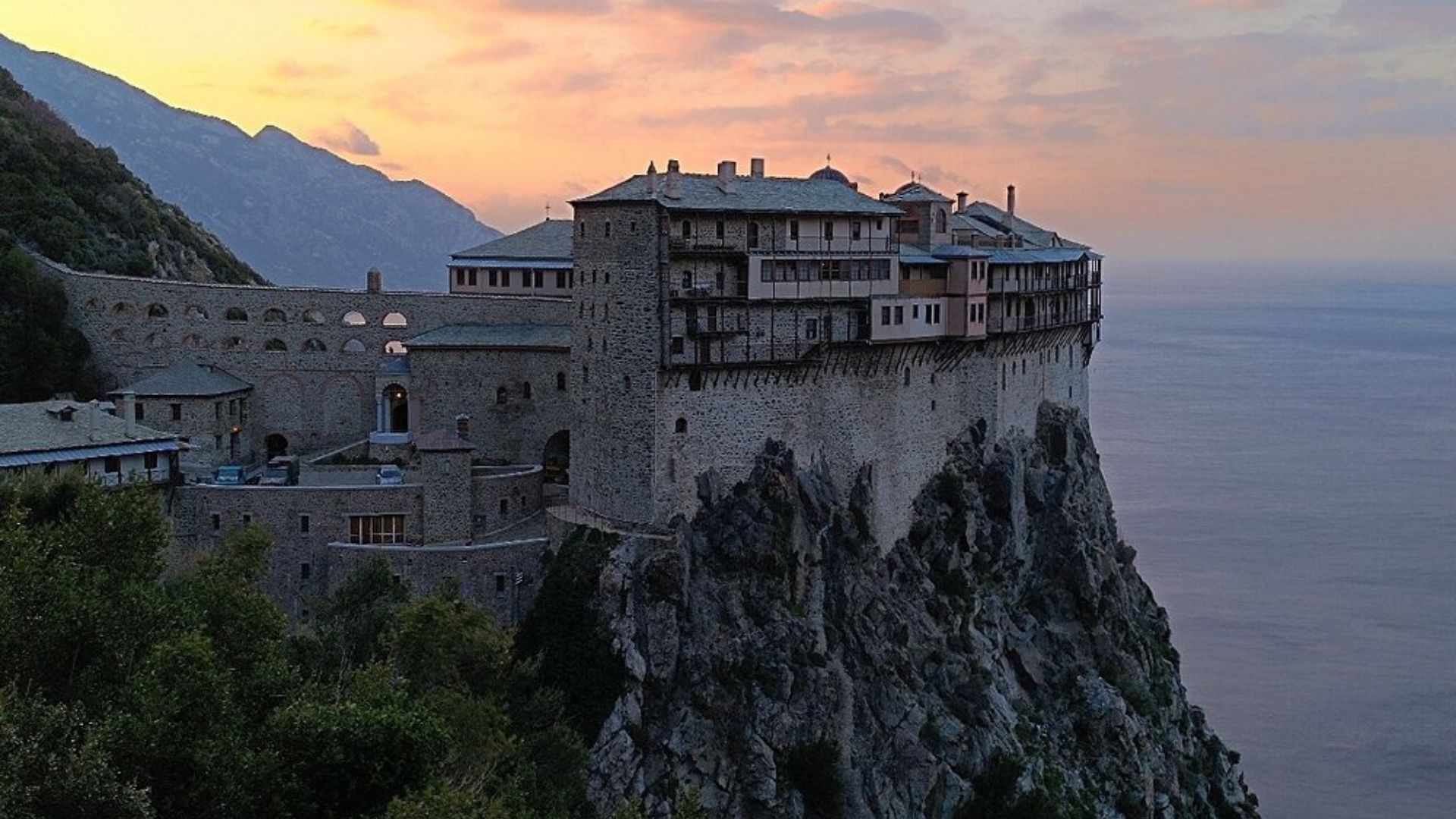
The Quest for Unity: Ecumenism and Theological Dialogue
Trying to reconcile Eastern Orthodox and Roman Catholic traditions has brought both breakthroughs and stubborn challenges. Decades of conversation have led to important agreements, but healing a thousand-year-old rift isn’t simple.
Historic Divisions and the Path to Reconciliation
The Great Schism of 1054 marked the official split between East and West, when Pope Leo IX and Patriarch Michael Cerularius excommunicated each other. Over the centuries, theological, cultural, and political differences only deepened the divide.
The Pope’s role remains a sticking point. Orthodox churches see the Bishop of Rome as “first among equals,” but they reject the supremacy and infallibility that Catholics affirm.
Other disagreements include the filioque clause (“and the Son”) added to the Nicene Creed by Western churches. Eastern churches view this as an unauthorized change to a universal creed.
Efforts toward reconciliation picked up in the 20th century. Vatican II (1962-1965) marked a shift in Catholic attitudes, recognizing the Orthodox as “sister churches.”
Major Milestones: Popes, Patriarchs, and Ecumenical Councils
When Pope Paul VI and Ecumenical Patriarch Athenagoras met in Jerusalem in 1964, it was a big deal. Their embrace signaled a fresh start after nine centuries of distance.
In 1965, they lifted the mutual excommunications from 1054. It didn’t restore full communion, but it cleared a major hurdle.
Pope John Paul II’s 1995 encyclical Ut Unum Sint (“That They May Be One”) stressed Catholic commitment to unity and invited dialogue on papal primacy.
The Pope’s visit to Greece in 2001 included a historic apology for Catholic wrongs against Orthodox Christians, especially during the Fourth Crusade.
Joint celebrations of big anniversaries, like the 1700th anniversary of the Council of Nicaea, have brought the churches closer.

Joint Initiatives and Commissions
The Joint International Commission for Theological Dialogue between the Catholic and Orthodox Churches started in 1979. This group has produced several key documents to address theological disagreements.
Notable achievements include agreements on:
- The mystery of the Church and Eucharist (1982)
- Faith, sacraments, and church unity (1987)
- The sacrament of order in the sacramental structure (1988)
Local dialogues add to these international efforts. In the U.S., the North American Orthodox-Catholic Theological Consultation has been active since 1965, producing over 25 agreed statements.
Joint prayer services, academic exchanges, and parish-level projects have helped build respect and understanding across the divide.
Current Opportunities and Challenges
The issue of “Uniatism”—Eastern churches in communion with Rome—still sparks controversy. Orthodox churches see these groups as obstacles to unity, almost like attempts to pull Orthodox believers away instead of encouraging real dialogue.
New challenges keep popping up, especially around moral and ethical questions. Views on bioethics, gender, and sexuality can be worlds apart.
The Russian Orthodox Church often finds itself at odds with other Orthodox churches and with Rome, which complicates any hope for unity. Political tensions just add fuel to the fire during theological talks.
Still, not everything is doom and gloom. Pope Francis and Patriarch Bartholomew have shown genuine warmth toward each other and share a commitment to environmental issues and other common concerns.
Educational programs for clergy and laypeople to understand each other’s traditions seem like a promising way forward, at least from where I stand.
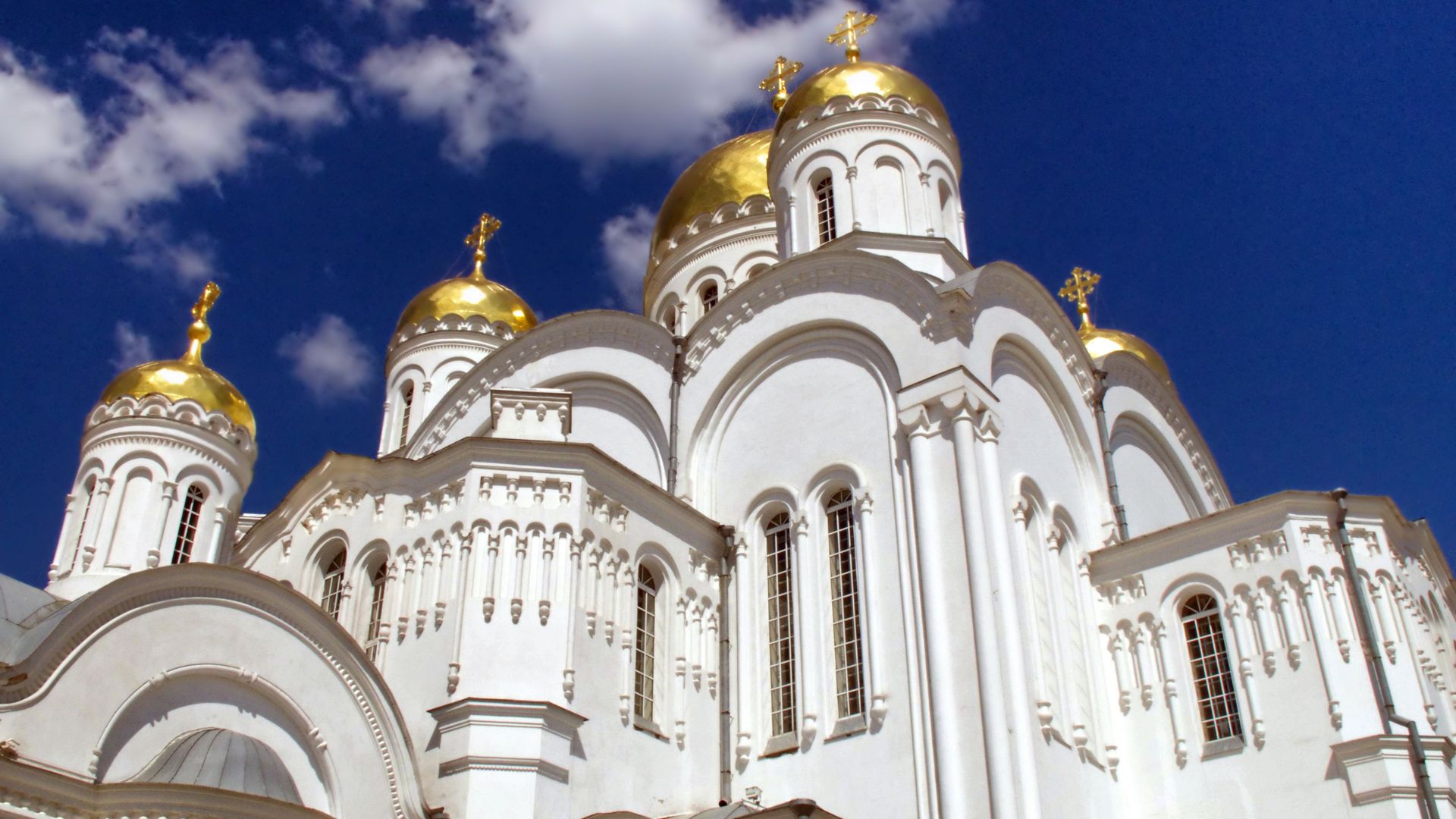
Understanding Theological Differences and Common Ground
The split between Eastern Orthodox and Roman Catholic traditions comes from deep theological differences that have grown over centuries. These differences shape how we see everything from Christ’s nature to the Holy Trinity and even church leadership.
Christology and Creedal Debates
The Nicene Creed stands as a key point of agreement for Orthodox and Catholic believers. Both sides affirm this ancient statement about Christ’s divine and human nature.
I’ve seen both churches celebrate Christ as “true God and true man,” though their ways of expressing this mystery aren’t always the same. Orthodox theology puts more focus on Christ’s transfiguration and the idea of humanity becoming like God.
Theosis—becoming like God—sits at the heart of Orthodox spirituality. Catholic theology, on the other hand, often centers more on redemption through Christ’s sacrifice. When I attend services in each tradition, I notice how these nuances shape worship in subtle but real ways.
Even with these different emphases, both churches reject old heresies about Christ’s nature and stand by the decisions of the early ecumenical councils.
Filioque Clause and the Holy Spirit
The filioque clause keeps coming up as one of the biggest theological disagreements. This Latin phrase, meaning “and the Son,” was added to the Western version of the Nicene Creed.
Catholics say the Holy Spirit proceeds “from the Father and the Son,” but Orthodox Christians stick with the original version: the Spirit proceeds “from the Father.”
This tiny phrase caused huge tension. When I talk to Orthodox friends about it, they tell me it’s not just about words—it represents a different understanding of the Trinity.
For Orthodox believers, adding the filioque seems to take away from the Father’s unique role as the source of divinity. Catholic theology argues that the addition clarifies the Son’s equal divinity with the Father.
This debate shows how a few words can change the way we understand something as big as the Trinity.
Authority: Papal Primacy and the Bishop of Rome
The authority question stands out as the most visible divide. Roman Catholicism sees the Pope as having universal jurisdiction and supreme authority as Saint Peter’s successor.
When I chat with Catholic scholars, they often point to Matthew 16:18, where Jesus gives Peter special authority. The Catholic Church sees papal primacy as crucial for church unity.
Orthodox Christians call the Bishop of Rome “first among equals” but don’t accept claims of universal jurisdiction. They prefer a model where councils of bishops share authority.
I’ve noticed how this shapes church life. Catholic churches around the world follow Vatican instructions, while Orthodox churches operate more independently through their national structures.
This disagreement about authority led to the Great Schism of 1054. Honestly, I find it tragic, considering how much the two traditions share in apostolic succession and sacramental life.
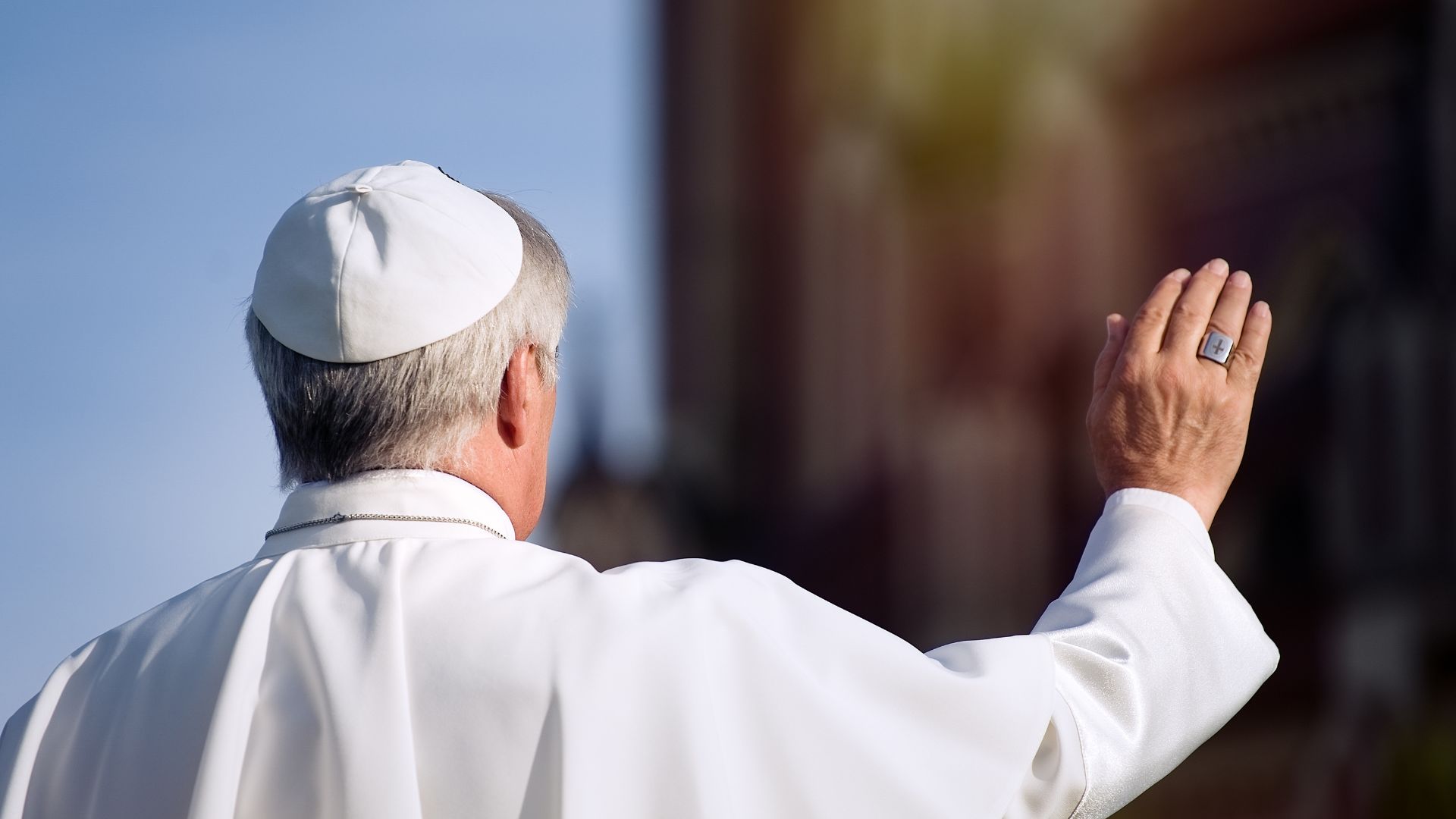
Living Memory: The Church’s Legacy for Today’s World
Ancient traditions connecting East and West still shape Christian identity now, offering spiritual resources that modern believers can lean on. These sacred spaces act as living reminders of faith that reach beyond denominational lines.
Impact on Local Communities and Christian Identity
When I travel through places where Eastern and Western Christianity meet, I see churches acting as much more than old monuments. They become centers of community life.
Local parishes turn into gathering spots where different traditions blend in a surprisingly natural way. I remember a small Byzantine Catholic parish in Pennsylvania where people traced their roots to several Eastern European countries but worshiped in a distinctly American style.
These communities hold on to unique liturgical practices while finding ways to adapt. On feast days, I see young families taking part in centuries-old rituals alongside older folks who remember when these traditions barely survived times of persecution.
The Pontifical Oriental Institute in Rome plays a big role in keeping these living traditions alive. Scholars there work hard to make sure Eastern Catholic and Orthodox practices remain vibrant expressions of faith, not just museum pieces.
Art, Iconography, and Spiritual Storytelling
When I step into these sacred spaces, the iconography always catches my eye as a kind of visual theology. Unlike Western art, Eastern icons aren’t trying to look realistic—they’re meant to be windows into something deeper.
Distinct styles like Coptic, Syriac, and Byzantine each tell their own part of the Christian story. I’ve spent hours just looking at ancient frescoes, where colors and symbols say things that words can’t quite reach.
These visual traditions keep evolving. Modern iconographers, trained in the old methods, create new works that still feel authentic but also speak to today’s believers.
Sacred music adds another layer to this artistic legacy. The haunting melodies of Byzantine chant or the rhythmic Syriac hymns create worship experiences that engage all the senses.
Continuing Dialogue for the Next Generation
Young people keep stumbling into unexpected connections with these ancient traditions. I’ve talked to college students who feel drawn to Orthodox worship, mostly because it’s so deeply rooted in history and appeals to the senses.
Digital platforms have started spreading awareness of Eastern Christian traditions far beyond their old borders. These days, online forums let Eastern Catholic, Oriental Orthodox, and Assyrian Church of the East members talk to each other, even if they’ll never meet in person.
Educational initiatives open up these traditions to fresh audiences. Some summer programs let young people try out monastery life or pick up icon writing from real masters.
Questions about church authority still feel complicated. But honestly, I’ve noticed that when people focus on shared spiritual practices, they build bridges that debates just can’t. When believers pray together using ancient liturgies, the differences fade, and the shared faith stands out.

